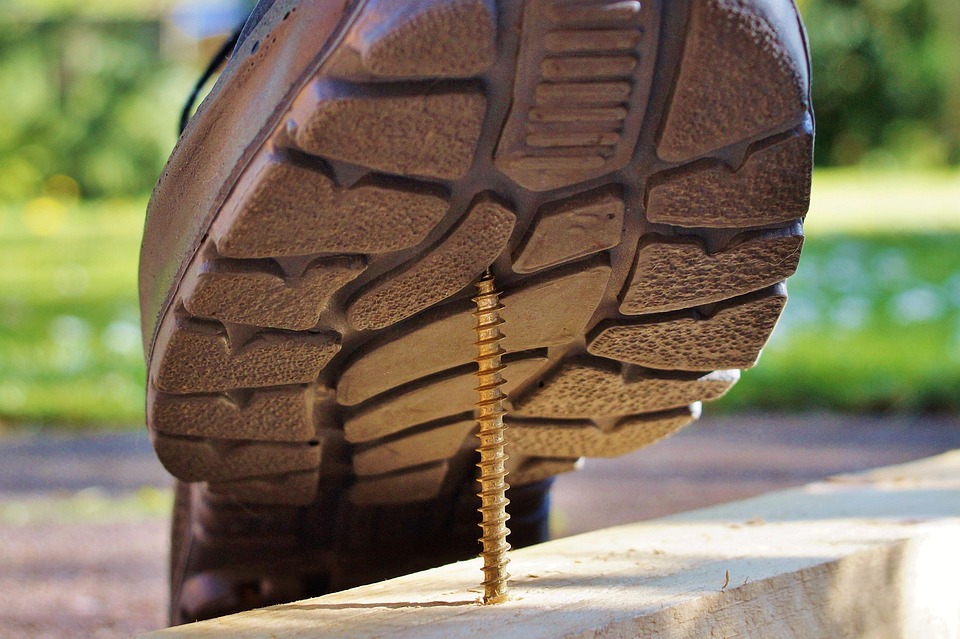
In today’s fast-paced world, safety often takes a backseat to convenience. Yet, whether we’re at home, work, or enjoying leisure activities, accidents can happen in the blink of an eye. The good news is that many injuries are preventable with a bit of foresight and care. Here are ten essential injury prevention tips you can implement in your everyday life.
1. Stay Aware of Your Surroundings
One of the simplest ways to prevent accidents is to stay alert. Whether you’re walking in a busy street or moving through a crowded store, keeping your eyes and mind engaged can help you avoid potential hazards. Look out for uneven pavement, vehicles, and even distractions like smartphones that can lead to falls or collisions.
2. Use Proper Ergonomics
Many injuries arise from poor ergonomic practices, especially in the workplace. When sitting at a desk, ensure that your chair provides adequate support, your screen is at eye level, and your wrists are straight while typing. Regular breaks to stretch and adjust your position can also mitigate strain and discomfort.
3. Wear Appropriate Footwear
Whether you’re gardening, exercising, or simply going about your daily tasks, wearing the right shoes is crucial. Supportive footwear can prevent slips, trips, and falls. In environments like factories or construction sites, safety shoes with slip-resistant soles and reinforced toes are essential to protect against workplace hazards.
4. Keep Your Space Organized
Cluttered spaces can lead to accidents, especially in high-traffic areas. Keep walkways clear and ensure that commonly used items are easily accessible. Storing items at or below waist height reduces the risk of dropping or knocking over heavy objects, while organizing tools and supplies can prevent unnecessary trips and falls.
5. Practice Safe Lifting Techniques
Back injuries from lifting heavy objects are common. To lift safely, stand close to the object, keep your back straight, and bend at the knees, using your legs to do the heavy work. If an item is too heavy or awkward, don’t hesitate to ask for help or use tools like dollies or lift aids.
6. Install Safety Features
For homeowners, installing safety features can significantly reduce the risk of injury. Consider adding railings on stairs, non-slip mats in bathrooms, and smoke detectors in every room. Child-proofing your home is also essential if you have young kids, with safety locks and gates to prevent accidents.
7. Stay Hydrated and Maintain Nutrition
Dehydration and poor nutrition can impair your physical abilities and reaction times, leading to accidents. Always drink enough water throughout the day, particularly during physical activities. A balanced diet aids in maintaining energy levels and improves overall health, thereby reducing the risk of injury.
8. Use Proper Equipment
In every sport or physical activity, using the appropriate gear is vital. Whether you’re cycling, jogging, or hitting the gym, equipment like helmets, pads, and even well-fitted running shoes can protect you from potential injuries. Always ensure that your equipment is in good condition, as worn-out gear can be just as hazardous.
9. Learn First Aid
Knowledge is power, especially when it comes to injuries. Knowing basic first aid can be life-saving. Familiarize yourself with how to respond to common injuries like cuts, burns, or sprains. Enrolling in a first aid course is invaluable, as it equips you with skills to handle emergencies effectively and might even prevent injuries from worsening.
10. Create a Safety Plan
If you engage in activities that involve a higher risk of injury, such as hiking or cycling in remote areas, establish a safety plan. Inform someone of your whereabouts, carry a phone for emergencies, and pack necessary supplies like a first aid kit, water, and navigation tools. Being prepared can make all the difference if things don’t go as planned.
FAQs
1. What are the most common causes of everyday injuries?
Everyday injuries often result from slips, trips, and falls; lifting heavy objects improperly; and engaging in activities without proper safety gear. Distractions, cluttered spaces, and inadequate safety measures also contribute significantly to these incidents.
2. How can I reduce the risk of falls at home?
To reduce fall risk, maintain clear walkways, use non-slip mats in slippery areas, ensure adequate lighting, and install handrails on staircases. It’s also crucial to address any loose rugs or cords that could be tripping hazards.
3. How often should I take breaks while working at a desk?
Taking breaks every 30 to 60 minutes is advisable. Stand up, stretch, and move around to relieve tension and improve circulation. This practice not only helps prevent injuries but also increases productivity.
4. Why is it essential to stay hydrated during physical activities?
Staying hydrated helps maintain your physical performance and prevents fatigue, dizziness, and cramps, which can lead to poor coordination and increased risk of injury. Hydration ensures that your body can function optimally during physical tasks.
5. What should be included in a basic first aid kit?
A basic first aid kit should include adhesive bandages, sterile gauze pads, adhesive tape, antiseptic wipes, tweezers, scissors, pain relievers, and any necessary medications. Ensure your kit is easily accessible and checked regularly to replenish supplies as needed.
6. What is the best way to learn about ergonomics?
You can learn about ergonomics through online resources, workshops offered by some employers, or ergonomic assessments performed by professionals. Many companies provide resources or training sessions intended to improve workspace ergonomics, which can be beneficial for employees.
By incorporating these injury prevention tips into your everyday life, you can significantly reduce the likelihood of accidents and create a safer environment for yourself and others. Stay vigilant, prepared, and aware, and remember that safety is a priority in all aspects of life.





